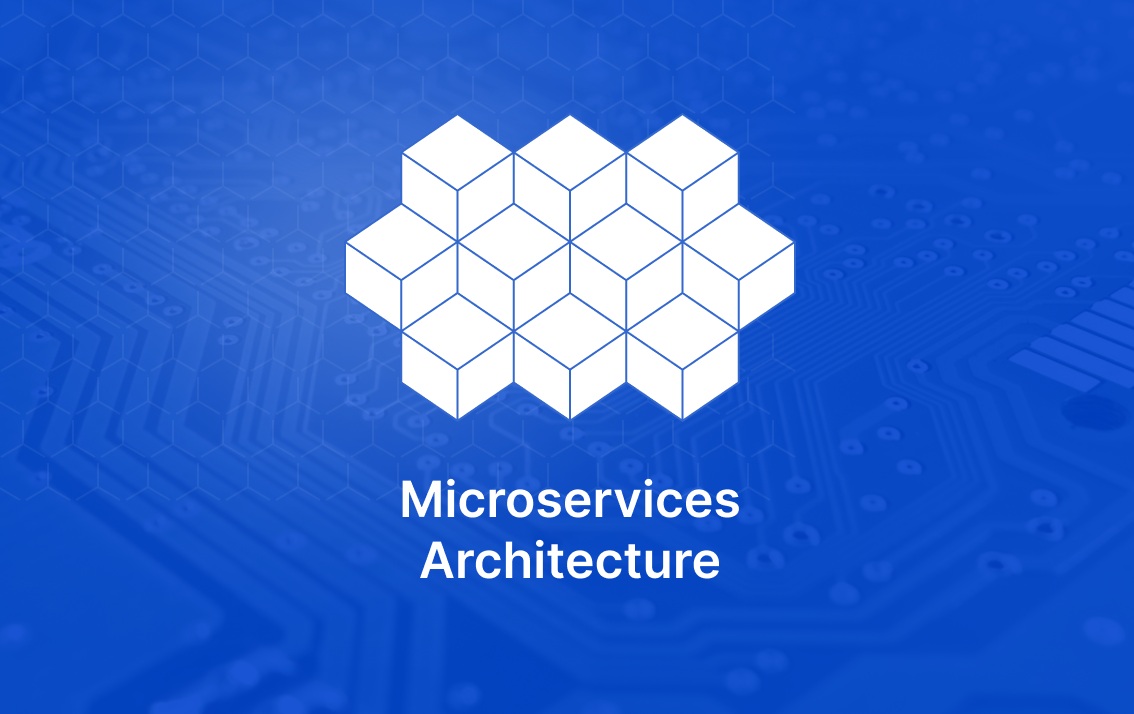Microservices architecture promotes modularity and flexibility, but selecting the right types of APIs and communication method between services is critical for efficiency, scalability, and maintainability. This tutorial will help you understand and choose between REST, gRPC, GraphQL, and Event-driven communication based on your use case.
1. REST (Representational State Transfer)
Overview
REST is a lightweight, stateless communication protocol that uses HTTP. It’s widely used and follows the CRUD paradigm (Create, Read, Update, Delete).
Pros
- Simple and widely adopted.
- Human-readable JSON format.
- Easy to integrate with existing systems.
- Extensive tool and library support.
Cons
- Over-fetching or under-fetching data in some cases.
- Performance can suffer with large payloads.
- Limited to HTTP/1.1 and HTTP/2 protocols.
Best Use Cases
- Exposing APIs for external clients or third-party integrations.
- CRUD operations for resources.
- Systems requiring browser-friendly, human-readable APIs.
2. gRPC (Google Remote Procedure Call)
Overview
gRPC is a high-performance communication framework based on HTTP/2. It uses Protocol Buffers (Protobuf) for serialization.
Pros
- High performance due to HTTP/2 and Protobuf.
- Bi-directional streaming for real-time updates.
- Strongly-typed contracts ensure reliability.
- Efficient for internal communication between services.
Cons
- Steeper learning curve than REST.
- Requires Protobuf compilation.
- Less human-readable than JSON.
Best Use Cases
- High-performance, low-latency communication (e.g., real-time systems).
- Internal service-to-service communication.
- Systems requiring streaming data (e.g., chat or IoT).
3. GraphQL
Overview
GraphQL is a query language that allows clients to request specific data, reducing over-fetching and under-fetching issues.
Pros
- Flexibility in requesting only the required data.
- Strongly-typed schema promotes consistency.
- Works well with complex frontends needing varied data.
Cons
- Complexity in server implementation.
- Potential for inefficient queries without query optimization.
- Overhead of schema maintenance.
Best Use Cases
- Frontend applications requiring tailored data responses.
- APIs for mobile or single-page applications.
- Systems with dynamic and complex data relationships.
4. Event-Driven Communication
Overview
In event-driven systems, services communicate through asynchronous events. Common implementations use message brokers like Kafka, RabbitMQ, or AWS SNS/SQS.
Pros
- Decouples services, improving scalability and resilience.
- Asynchronous, allowing better performance in high-load systems.
- Natural fit for systems with workflows or state changes.
Cons
- Increased complexity in managing event brokers.
- Harder to debug compared to synchronous methods.
- Risk of message loss if not handled properly.
Best Use Cases
- Asynchronous processing (e.g., order processing, notifications).
- Systems with high throughput and scalability needs.
- Scenarios requiring eventual consistency.
5. Comparison Matrix
| Feature | REST | gRPC | GraphQL | Event-Driven |
|---|---|---|---|---|
| Protocol | HTTP/1.1, HTTP/2 | HTTP/2 | HTTP/1.1 | Message Brokers |
| Data Format | JSON, XML | Protobuf | JSON | Any (JSON, Avro) |
| Synchronous/Async | Synchronous | Synchronous | Synchronous | Asynchronous |
| Use Case | General APIs | Low-latency APIs | Flexible APIs | Decoupled systems |
| Learning Curve | Low | Medium | Medium | High |
6. Decision Framework
Use the following decision framework to guide your choice:
Step 1: Determine Communication Type
- Synchronous: If services must wait for responses, consider REST, gRPC, or GraphQL.
- Asynchronous: If decoupling services and non-blocking processing are required, go with event-driven communication.
Step 2: Evaluate Performance Needs
- High performance: Prefer gRPC for internal services.
- Moderate performance: Use REST or GraphQL.
Step 3: Analyze Data Flexibility
- Static and predictable data: Choose REST or gRPC.
- Dynamic and tailored data: Opt for GraphQL.
Step 4: Assess Ecosystem Requirements
- Integration with legacy systems: REST is ideal.
- Decoupled microservices: Event-driven communication works best.
7. Example Scenarios
Scenario 1: E-commerce Platform
- Frontend APIs: Use GraphQL to allow dynamic queries for product data.
- Internal Microservices: Use gRPC for order and inventory services.
- Asynchronous Operations: Use event-driven communication for payment and notification services.
Scenario 2: IoT Platform
- Device Communication: Use gRPC for real-time, low-latency communication.
- Monitoring Dashboard: Use GraphQL for flexible data queries.
- Event Processing: Use event-driven communication for data ingestion and alerts.
8. Conclusion
Choosing the right communication method in microservices depends on your system’s specific needs, including performance, data flexibility, and integration requirements. Combining methods like REST for public APIs, gRPC for internal communication, and event-driven communication for asynchronous processing is common in modern microservices architectures.


Leave a Reply